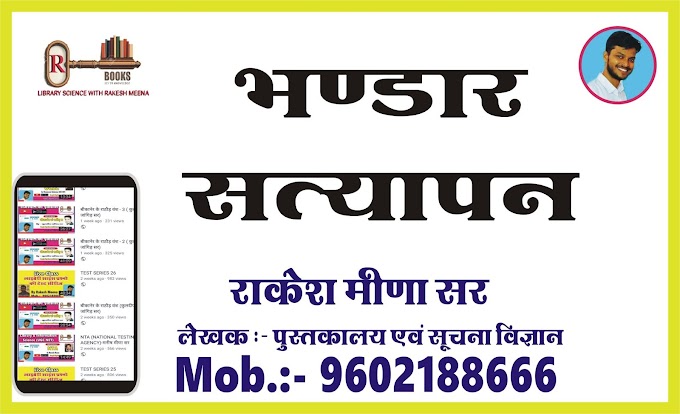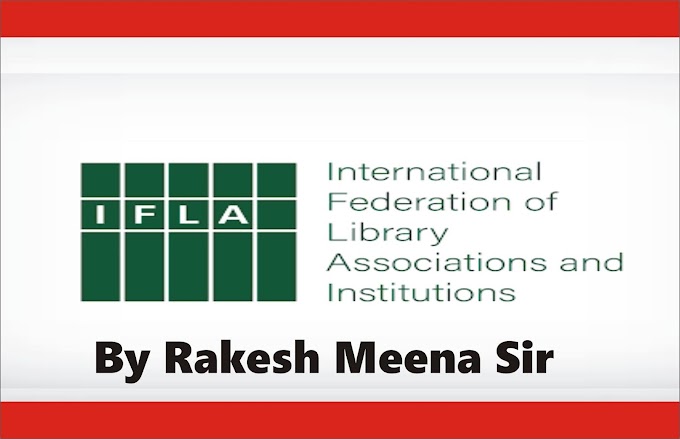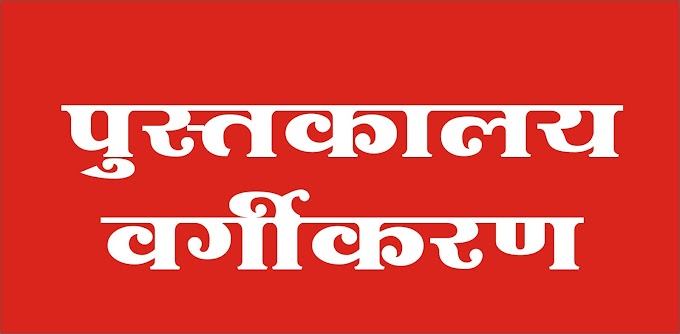Hunter commission - 3 February 1882
- Founded on 3 February 1892
- The Indian Education Commission was constituted (3 February 1882) under the chairmanship of William Wilson Hunter.
- The Hunter Commission was the first commission appointed by the government for the development of libraries in India.
- Another name for Hunter Commission is Education Commission of India.
- The Hunter Commission was appointed by Lord Ripon.
- The Hunter Commission submitted its report in 1882 under the chairmanship of Sir William Wilson Hunter.
- The first commission appointed by British Govt. for the development of libraries in India was the Hunter Commission.
- Syed Mahmud, Bhudev Mukherjee, Anand Mohan Bose and K.T. Telang is related to Hunter Commission.
Sadler Commission - 1917
- Sadler Commission was formed in 1917-19.
- The Sadler Commission was formed under the chairmanship of Michael Sadler (Vice Chancellor of Leeds University
- Sir Michael Ernest Sadler belongs to the Sadler Commission.
- Sadler Commission is related to the University of Calcutta.
- Sir Ashutosh Mukherjee, popularly known as the Bengal tiger, was a member of the Sdler Commission.
- Sadler Commission is related to the education status of Indian states.
- The University Librarian is in no case less than a Professor and should be treated at par with Professor in the same rank and service," is the recommendation of the Sadler Commission.
- Sadler Commission-1917 is also known as University of Calcutta Commission.
- The Calcutta University Commission was created to reduce the burden of the University of Calcutta and later its main objective was to make the university a center of teaching and research.
Kenyon Committee - 1924
- The Kenyon Committee was formed in 1924.
- Kenyon Committee (UK) is related to Public Library.
- The Kenyon Committee on Public Libraries submitted its report in 1927.
- "Public Library is an important tool for the prosperity of the country and it is necessary for the progress of civilization and education of the society. Such libraries prove to be helpful to a man in his struggle for life," said this word by the Kenyon Committee in its report.
- Kenyon Committee belongs to the country United Kingdom (UK).
- Sir Frederic Kenyon belongs to the Kenyon Committee and submitted the report in 1927 as the Kenyan Report.
Radhakrishnan Commission-1948/UNIVERSITY EDUCATION COMMISSION
- Radha Krishna Commission came in 1948.
- Radha Krishna Commission is related to the Academic Library.
- Radha Krishna Commission had suggested to spend 6.5% of the university budget for libraries.
- Radha Krishna Commission has offered to spend 6% of the budget of the college budget for the College Library.
- The Radha Krishna Commission has recommended a formula of Rs 100 per teacher and Rs 40 per student for the college.
- University Education Commission is also known as Radhakrishnan Commission.
- The University Education Commission was constituted under the chairmanship of Dr. Sarvepalli Radhakrishnan.
Mudaliar commission-1952/SECONDARY EDUCATION COMMISSION
- Secondary Education Commission-1952-53 Also known as Mudaliar Commission.
- Mudaliar commission belongs to the academic library.
- The Mudaliar Commission was constituted in 1952.
- The Mudaliar commission was formed under the chairmanship of Arcot Lakshmanaswami Mudaliar (14 October 18871974).
- Arcot Lakshmanaswami Mudaliar was awarded the Padma Bhushan in 1954 and the Padma Vibhushan in 1963.
- Arcot Lakshmanaswami Mudaliar was the general secretary of the 46th Indian Science Congress held in 1959.
- The Mudaliar commission gave suggestions related to the development of the educational library.
- As a result of the recommendations of this commission, provision was made to open libraries in secondary schools and to appoint librarians.
Sinha Committee-1957
- The first President of the Sinha Committee (1957) constituted by the Government of India was K. P. Sinha
- Sinha Committee is also known as Advisory committee for libraries.
- Library Advisory committee was formed in 1957.
- The Government of India formed an advisory committee under the chairmanship of K. P. Sinha in 1957 and its report was submitted in 1959, providing the draft of the Public Library Bill.
- "Public Libraries are stagnation pools of book", mentioned in the Sinha Committee.
UGC Library committee/ Ranganathan Committee
- Ranganathan Committee 1957 was established in collaboration with UGC (University Grants Commission).
- President of UGC Library Committee 1957 - Dr. S. R. Ranganathan.
- The main objective of the Ranganathan Committee was to make suggestions for the development of libraries along with higher education.
- The Ranganathan Committee submitted its report in 1961.
- Ranganathan Committee is also called Library Cornmittee.
- Library Committee-1957 created to advise on a wide range of subjects including standards and principles for the design of library buildings, fittings and furniture.
- The Ranganathan Committee (1957) called public libraries a static collection of texts.
- The Ranganathan Committee (1957) has recommended a formula of ₹ 200 per teacher and 15 per student for the college.
- The per capita expenditure formula suggested by the Library Committee of the UGC pertains to the purchase of books and reading materials.
- Ranganathan Committee has been constituted on the University and College Library.
- The UGC prepared a committee under the chairmanship of Ranganathan on University and College Libraries in the year 1957. The report of this committee was published by UGC under the title "Development of University and College Libraries".
National Education Commission/ Kothari Commission
- The Kothari Commission was created on 14 July 1964 and dissolved on 29 June 1966.
- The Kothari commission was constituted under the chairmanship of Dolat Singh Kothari.
- It comes under the jurisdiction of the Government of India and was an advertising commission set up by the Government of India to develop a common pattern of education and advise guidelines.
- The terms of reference of the commission were to formulate general principles and guidelines for the development of education from the primary level to the highest level and to advise the government on the standardized national pattern
- National Education Commission/ Kothari Commission of education in India. However, medical and legal studies were excluded from the commission's authority. The report was submitted by the commission on 29 June 1966.
- The Kothari Commission was the sixth commission after independence India and the first with a wider context in the context of education.
- The commission was made up of a member secretary, an associate secretary and fifteen members (seventeen in total) of the Kothari Commission.
- The Kothari Commission submitted its 287-page report to the then Minister of Education, M. C. Chaga, on 29 June 1966.
- Kothari Commission (1964-66) and Radha Krishna (1948-49) Commission made suggestions for the development of educational library.
- The Kothari Commission (1964-66) has recommended a formula of ₹ 300 per teacher and ₹ 25 per student for the college.
- The Kothari Education Commission was of the view that nothing could be more harmful to a growing department than the neglect of its library, giving it low priority.
- The National Education Commission was formed in 1964 under the chairmanship of D.S. Kothari.
- National Education Commission is also known as Kothari Commission.
- Kothari Education Commission has suggested 6%-10% of the education budget for the expenditure of libraries.
Main subjects of Kothari commission
- Increase in Productivity
- Promoting social and National Integration
- Education and Modernization
- Developing social] moral and spiritual values








0 Comments